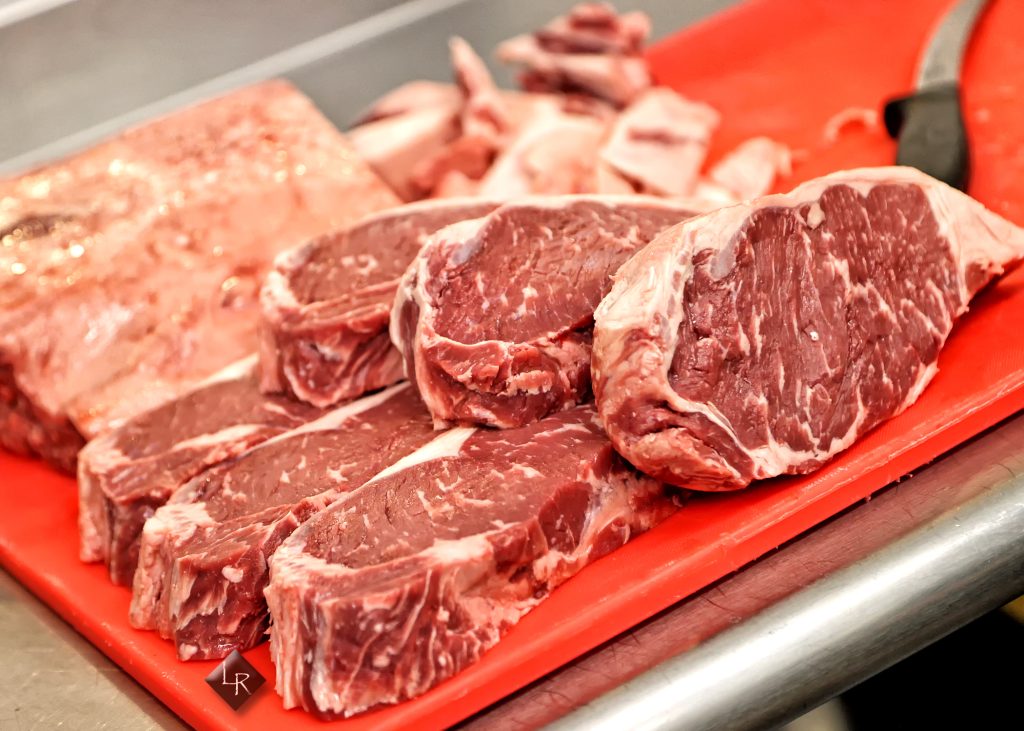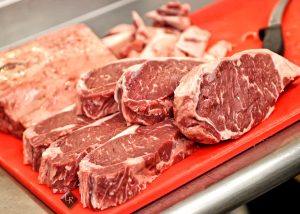U.S. Cattlemen’s Association responds to President Trump’s comments on beef prices

Beef-RFP-102725
WASHINGTON, D.C. — Recent comments from the White House — promising action to address beef costs in response to consumer concerns — risk obscuring the real story:
America’s ranchers have weathered years of rising input costs, drought and market shifts with unwavering resilience. Today’s beef prices are a direct reflection of these challenges.
“The cost of producing beef today is accurately represented in the consumer markets where it is sold,” said Justin Tupper, President of the U.S. Cattlemen’s Association. “Ranchers are facing historic highs for feed, fuel, labor, and land — and those costs have risen far faster than beef prices on grocery shelves.”
One of the main reasons for current pricing, both at the grocery store, and in the livestock marketplace is one that many Americans may not be aware of — the national cow herd reached a 75-year low earlier this year. The average age of U.S. cattle producers continues to rise, and faced with years of low-market prices, many operations are now going out of business as younger generations leave the industry in favor of more financially stable and profitable career opportunities. Raising cattle in this environment has required extraordinary commitment and innovation from family operations across the country.
Relative to earnings, beef prices haven’t changed since the 1980s. The average American can still purchase a pound of ground beef for about 12 minutes of work — unchanged after four decades. Compared to purchasing a latte each morning at a similar price to 1 pound of hamburger, beef stands out as an affordable, nutrient-dense option. As Tupper noted, “A hamburger full of high-quality protein and nutrients for $6 is an incredible deal, especially when you consider the cost of foods with far less to offer. Beef continues to deliver unmatched nutritional value for its price.”
This enduring value underscores beef’s critical role as one of the most nutrient-dense and high-quality proteins available anywhere in the world. Per capita beef consumption recently hit a 40-year high, reflecting consumer demand as beef’s nutritional qualities have been increasingly highlighted by physicians as crucial components to a healthy lifestyle.
Most U.S. cattle producers operate with little or no direct government subsidy, relying on market signals and resilience rather than handouts. USCA cautions that high-profile government comments can trigger immediate volatility in live and feeder cattle markets. “When policymakers hint at intervention or suggest quick fixes, they can shake the market’s foundation and directly impact the livelihoods of ranchers who depend on stable, transparent pricing,” Tupper explained. “Sudden price moves make it harder for independent producers to plan, invest, and keep their operations running.”
“Efforts to support consumers must consider the economic realities on the ground and ensure the voices of independent ranchers lead the discussion,” Tupper added. “Market-driven prices — not mandates or panic interventions — have delivered value for generations. Let’s focus on transparency, market integrity, and maintaining the conditions for sustainable rural economies.”
USCA stands ready to engage with policymakers and the public, advocating for solutions grounded in the lived experience of America’s ranching families.

Support Local Journalism

Support Local Journalism
The Sky-Hi News strives to deliver powerful stories that spark emotion and focus on the place we live.
Over the past year, contributions from readers like you helped to fund some of our most important reporting, including coverage of the East Troublesome Fire.
If you value local journalism, consider making a contribution to our newsroom in support of the work we do.





